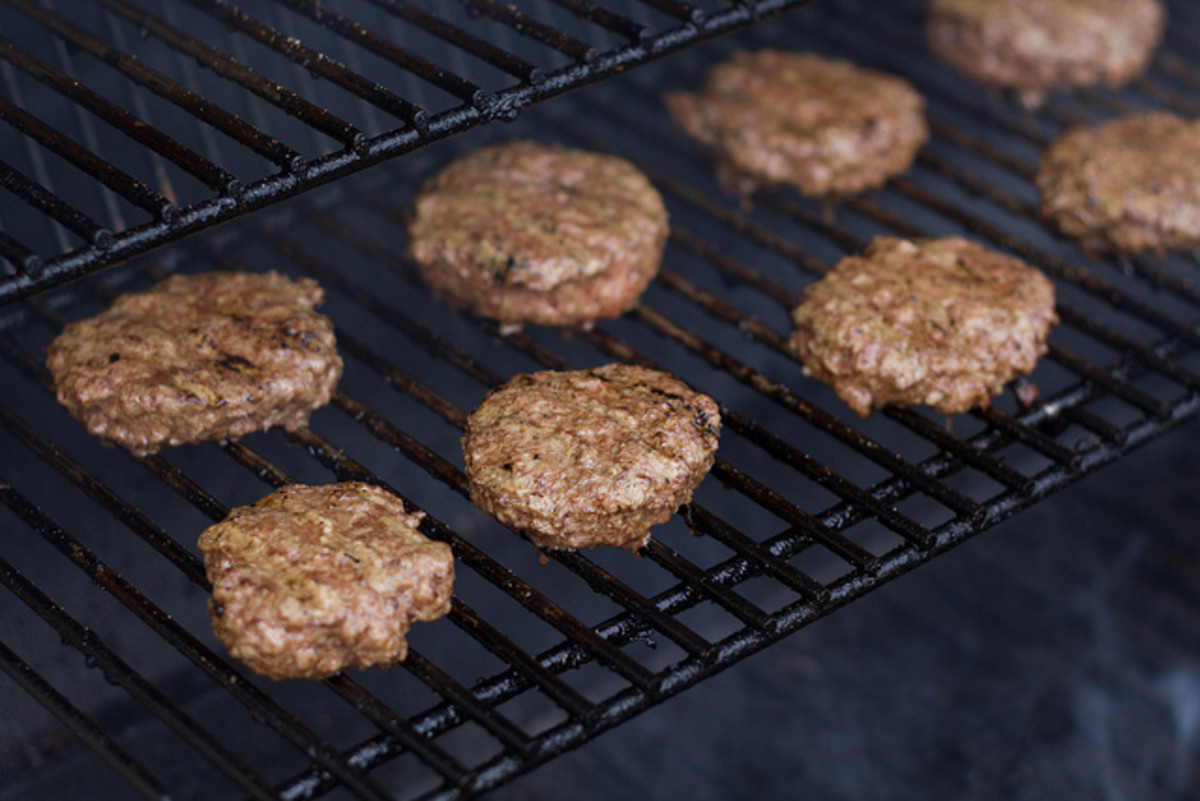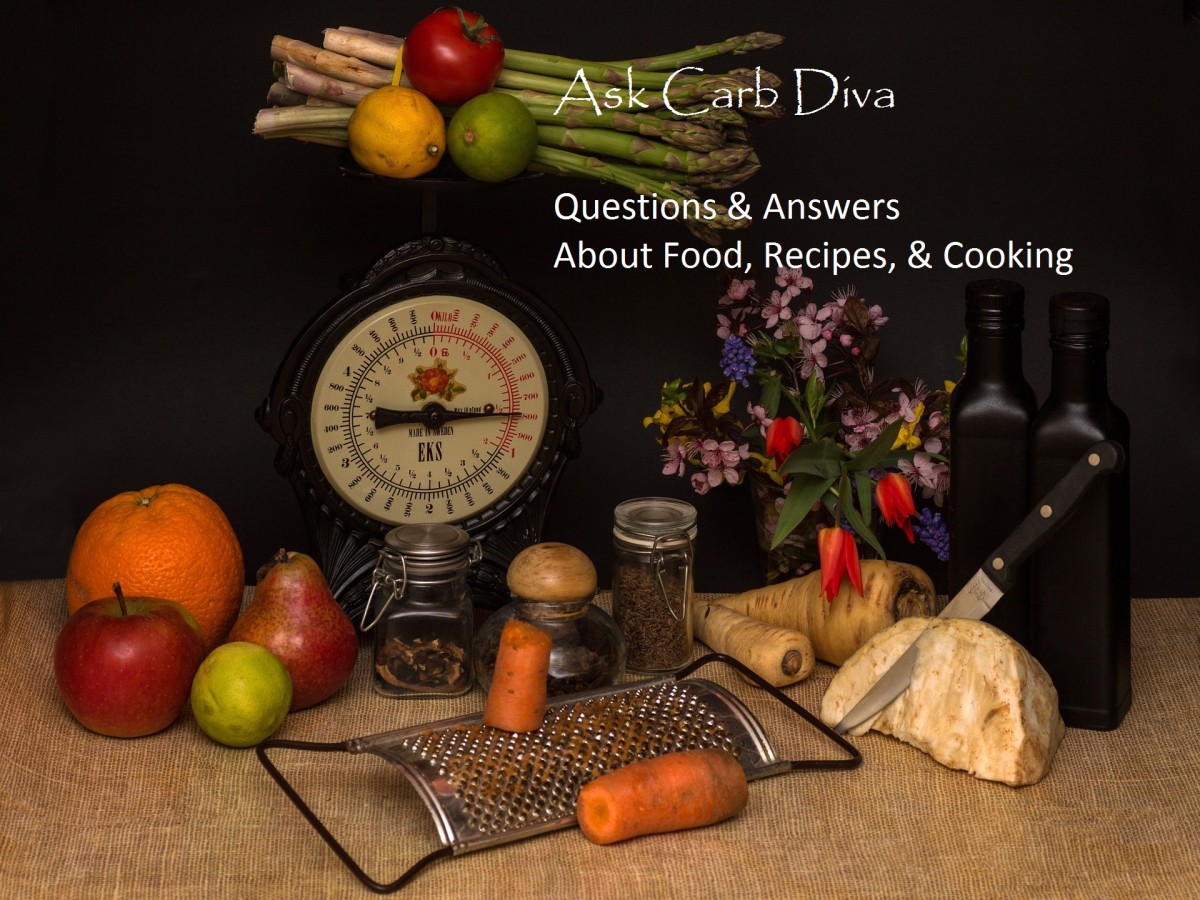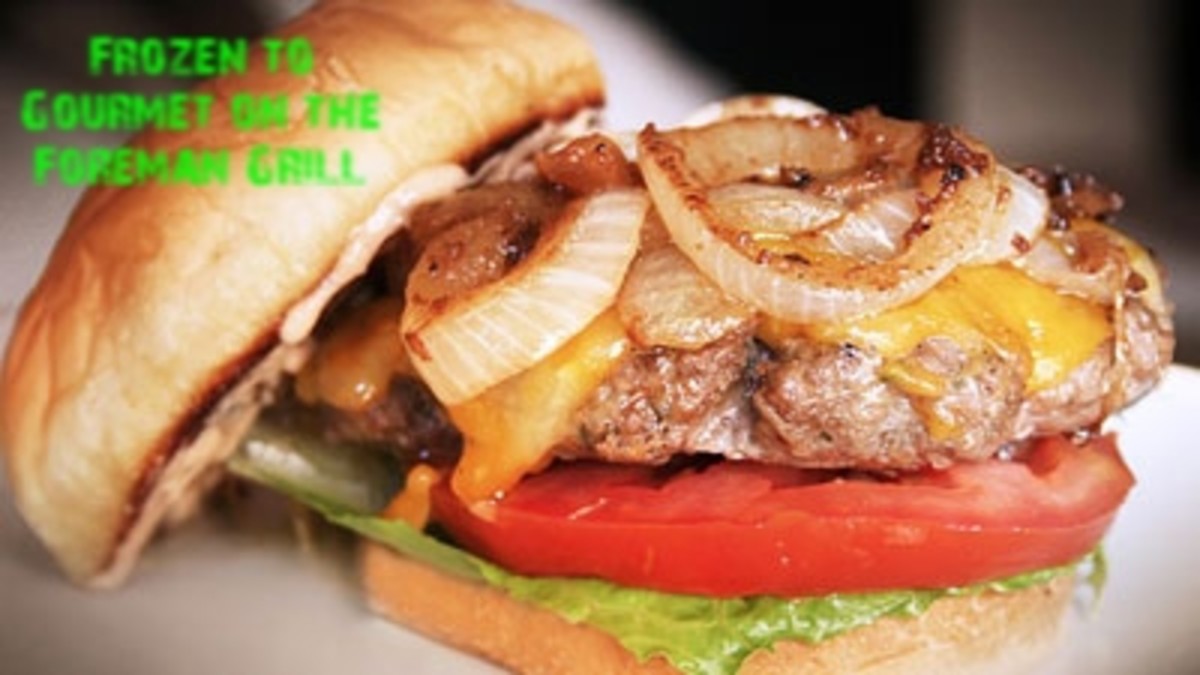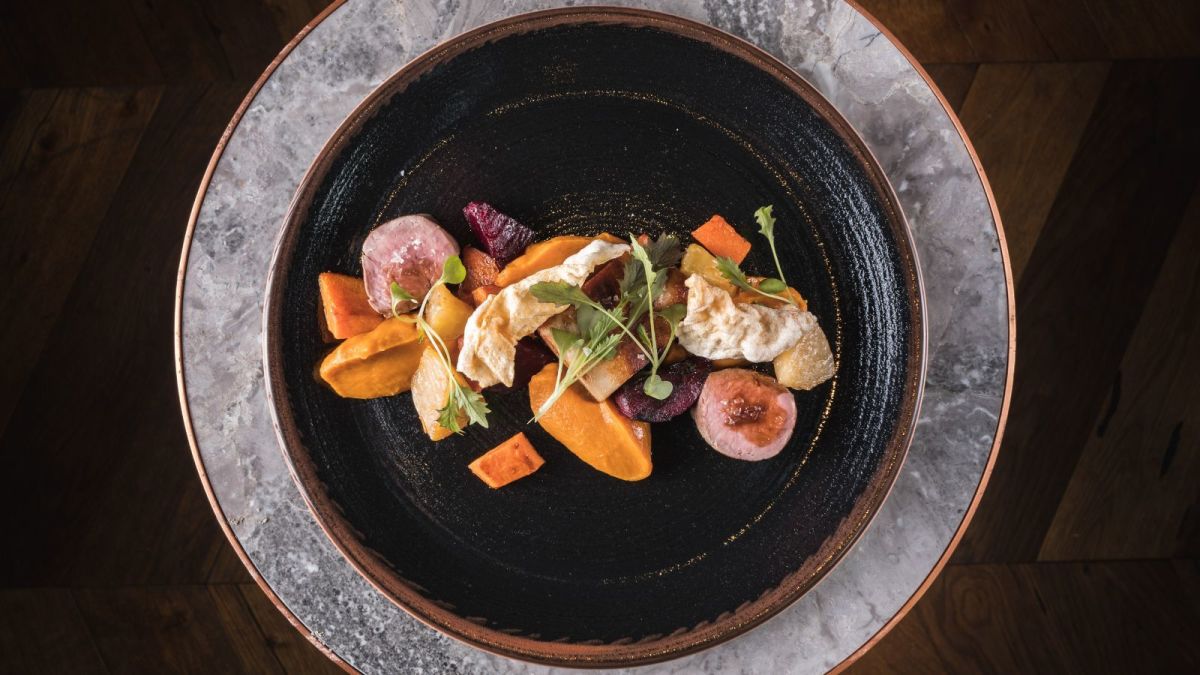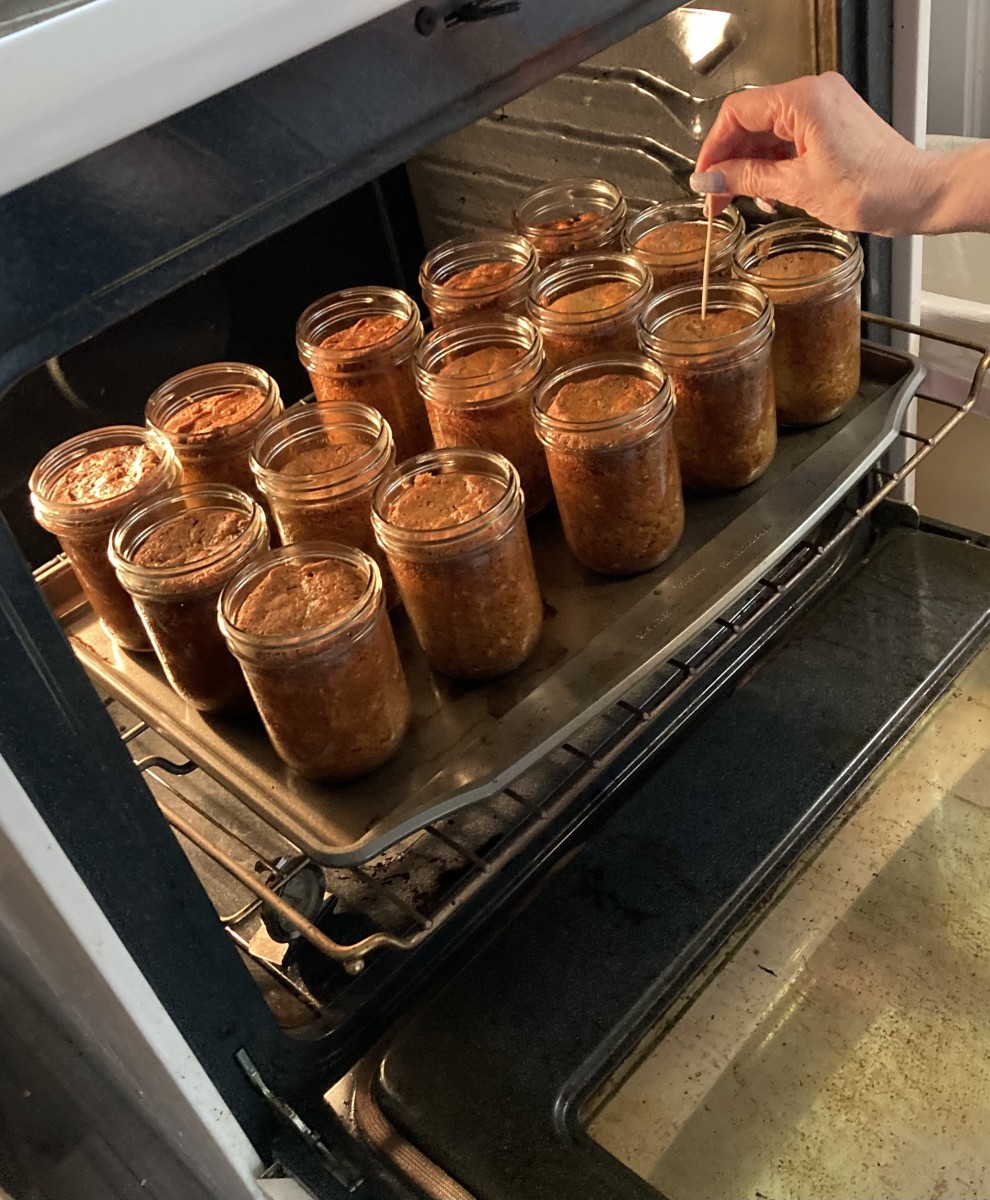Cooking Vegetables for a Salt-Free Diet
An Assortment of Fresh Fruits and Vegetables
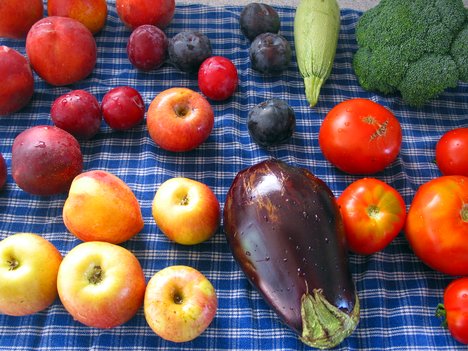
Does Oil Have Cholesterol? It Depends.
If you are reading this, you are probably looking to improve your eating habits toward healthier choices, and for that I congratulate you.
Vegetables are indeed an important part of a healthy diet. Many people feel that cooking vegetables in fats and oils adds cholesterol to their meal.
There is a common misperception about that. Oils that you buy in bottled form are cholesterol-free. Cholesterol is found only in foods of animal origin, such as butter, milk, foods prepared with lard (which is an animal fat), any kind of meat (including fish and poultry) or meat by-product (drippings, for example), eggs and cheese.
Unless you are sauteeing your vegetables in lard or bacon grease, or tossing them in with the roast or stew, you have no worries about cholesterol.
There is some confusion in people's minds between cholesterol and saturated fats. Of the bottled oils, some are healthier than others. Canola oil and olive oil are the best choices, while palm, coconut and peanut oil are among the worst. The difference is in saturated fat, not cholesterol.
Healthy Oils
Olive oil is, in fact, among the healthiest of oils to use, and is recommended in healthy diet plans. The key is moderation. You don't want any foods saturated and dripping in oil, no matter how "heart-healthy" the oil. The healthier oils do cost more, but you need less, so it balances out.
Go for the extra-virgin olive oil, and look for first cold-pressed. This means it is the first pressing of the olives, done the old-fashioned way and not by machine. It will have the darkest color and the best flavor of the assorted olive oils sold. It is also the most expensive of all the olive oils, but the most flavorful and healthiest.
As the olive oils grow lighter in color, you are seeing the results of re-pressing the same batch of olives over and over, until there is nothing left to squeeze.
These subsequent pressings are done by machinery, which introduces heat both in the mechanical process, and also by design to coax out as much oil as possible. This heat does degrade the nutritional content.
Chemical solvents are also sometimes used at these late-stage pressings! You don't want those residues in your food!
But What About Flavor?
Flavor can come from many sources; cholesterol is not one of them, as it is flavorless by itself. What you are tasting as flavor is the butter, cheese, or meat on its own merits. Each processing or cooking method also imparts flavor, so if you are worried about losing flavor by losing the cholesterol count, your worries are over.
Use a variety of spices and herbs to season things to just the right amount for your personal tastes. Some people adore garlic, and would bathe in the stuff it they could. Some dislike it completely. My mother was such an example--she'd say, "Take the garlic out in the yard and rub it on the back of the house, and that's enough garlic for me." Personally, I love garlic.
Garlic is one very heart-healthy thing to eat, and there are so many ways to introduce it into your meals. It is the most potent when raw; cooking tames it down a lot. Cooked in liquid, such as in soups or stews, it becomes nearly undetectable; poked inside a roast allows its flavor to surprise you every few bites. (That's how I fix roasts for my husband--I'm the vegetarian in the family.)
Onions are another vegetable primarily used for flavoring. Use as much or as little as you want. The same is true of onions as garlic where raw vs. cooked is concerned. They belong to the same family.
Herbs and Spices
Pepper is a great flavor to add to many vegetables, and it blends well with other things such as our famous garlic from above. Other good blends with pepper include basil, oregano, rosemary, or lemon.
You have the option of making your own blends from your own spice cabinet, or purchasing and preparing (or growing) your own fresh herbs. It is a matter of available time and interest. If you're running a hectic lifestyle, there are ready-made blends such as Mrs. Dash, that are completely salt-free, for that extra little healthy kick.
Fresh is always better, if you have the time or inclination. But, if you do not, remember this: the dried herbs you buy at the grocery are more potent simply because they are dry; evaporating the water out concentrates the flavor, so you will use less than you would of the fresh variety.
Keep your stock of dried herbs fresh and rotated, for while they do not spoil, they do lose their potency and go stale, so that can of paprika you've had sitting there since Methuselah was a child is not going to taste like much of anything but dust.
Pepper, Pepper, and More Pepper!
Many kinds of peppers are to be had, from sweet bell peppers that can be used raw in salads, or added to a stir-fry.
Then, you start climbing the spiciness ladder, with Anaheim peppers (a little spicy, but quite mild.) Next you have (in no particular order) the hotter ones: Habaneros; Jalapenos; Serranos, and the "OMG--call the fire department!"--Ghost Peppers.
In our garden last year, we had an overabundance of Jalapeno peppers, so I dried a bunch, and ground them up to use in chili recipes. They need to be very dried out and crispy for this to work, as there must be no residual moisture. It took a few months.
If you have a small coffee-grinder, it works very well for this purpose. Other spices can also be rendered into powder with this gizmo, if you wish.
To Microwave or Not to Microwave
There has been much controversy as to whether microwaving zaps the nutrients as well as cooking the food. Well, the verdict is in, and quite the opposite is true!
I do love my microwave oven--especially for baking potatoes in 6 minutes per potato, instead of an hour in a regular oven. However, when you reach 4 or more potatoes, it makes more sense to use the traditional oven for space considerations, as microwave ovens work most efficiently when the food is not too closely bunched up.
Cooking Methods
Sauté
Vegetables can be sauteed in a healthy ways, such as in a stir-fry, using olive or canola oil. The trick here, is to use only enough of the oil to add flavor, and keep them from sticking to the pan, but not drench the vegetables. To this end, it is best to use a non-stick fry pan or wok, and keep the veggies moving, (non-stick, however, does not mean non-scorch! If you don't watch what you're doing, you can still burn food). Add in your seasonings as you stir.
Steaming
You can also use a steamer basket which fits inside a saucepan, . Steaming keeps the vitamins and other nutrients intact. Alternately, you can microwave your veggies--in fact, there are even microwave steamers available.
Boiling
When I was a kid, everything was boiled, and the water was dumped down the drain. Little did we realize we were dumping all the vitamins out with that water. The vegetables were also cooked to nearly mush consistency. No wonder so many kids grew up thinking they hated vegetables.
Many are just as delicious, or more so eaten raw; they are certainly healthier that way. Otherwise, they should be crisp-tender, or as the Italians say about the pasta, "al dente," which literally means "to the tooth." In other words, you should feel something to bite upon.
Baking
Vegetables can, in many cases be baked quite successfully, and not just potatoes. Eggplant is a great candidate for this treatment. Here's why: eggplant just loves, loves, loves to soak up all the olive oil (or any other oil) you care to provide. So with pan-fried eggplant, if you are not careful, you can end up with a soggy, greasy mess.
However, if you use a pastry brush to lightly oil both sides of each slice, then add bread crumbs or seasoned flour and bake on a cookie sheet, you'll have a very tasty and very low-fat good-for-you serving of eggplant.
Save the Vitamins!
If you do prefer your veggies boiled, for goodness sakes, don't cook them until they are mush, and don't dump that water down the drain. Pour it into a large freezer container, and save it up from each batch of cooked vegetables.
Before long, you'll have a nice vegetable stock to use for a soup base. Just the thing for a chilly winter's night. Since it's frozen, yes, you certainly can keep it until winter rolls around again.
Bon appetit!
© 2012 Liz Elias

